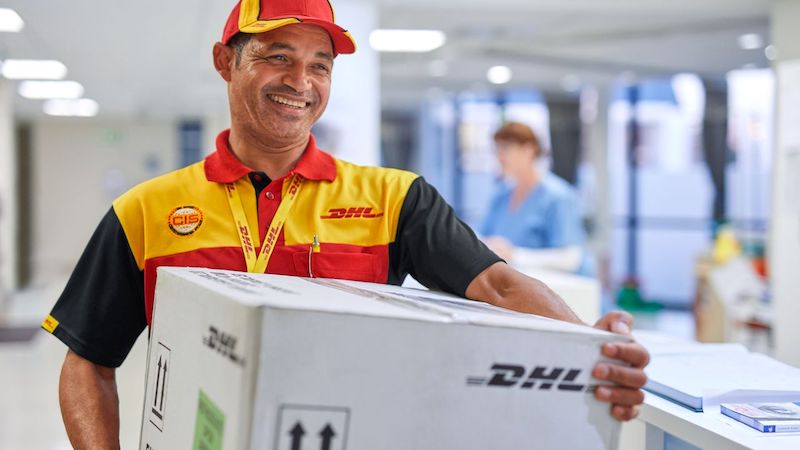Grow your business with the Discover newsletter
Logistics advice & insights straight to your inbox
Subscribe now
Drugs, pharmaceuticals, and chemicals can be temperamental to handle and transport, as each substance may require varying levels of temperatures or humidities. Cold chain logistics was created to counteract this and make the transport of pharmaceuticals a global procedure.
Cold chain pharmaceutical logistics refers to the management of a supply chain that is kept at a specific temperature or humidity to ensure that the drug or chemical in question is kept fresh and ready to use upon delivery. While cold chain logistics has been used in the food industry for many years, with refrigerated trucks and freezers, supply chain management has become important to maintaining the efficacy of various drugs, vaccines, and biologics.
Pharmaceutical transportation companies all over the world work tirelessly to ensure that they limit the number of spoiled goods, follow the guidelines set by relevant healthcare authorities, as well as, to provide patients with safe-to-use drugs for various health conditions. This article aims to stress the importance of cold chain pharma logistics while detailing the steps taken in the process.
As our society grows, so do our sicknesses and illnesses. With technology advancing at a rapid rate, drugs and pharmaceuticals are evolving from simpler molecule-based drugs to more complex biotechnological compounds that specialise in targeting illnesses directly within the human body.
While this represents an opportunity for us to have unique treatments that help protect us from diseases, it also means that the drugs being used become less convenient to handle, with shorter shelf lives and inflexible temperature and humidity requirements.
Another key factor is the increasing amount of healthcare regulations that have to be followed when transporting fragile substances such as pharmaceuticals or biologics. Products are now required to be transported within strict temperature guidelines and only within certain conditions.
As such, the cold chain management of pharmaceuticals has become a vital part of society. Advancements of technology in logistics, such as blockchain technology, also help ensure that the more advanced biotechnological drugs and substances are transported quickly and with care so as to maintain the efficacy and integrity of the products. But how does it all work?



When you think about cold chain logistics, you may think of frozen pharmaceutical logistics or refrigerated logistics, but cold chain solutions work at many temperature ranges. Certain drugs maintain their efficacy at room temperatures or body temperatures, and as such, cold chain logistics have to account for flexibility in the temperatures at which they transport substances at.
Cold chain pharma logistics via sea freight is a cheaper and more environmentally-friendly option for pharmaceutical companies to employ. However, products with a shorter shelf life are safer to be transported by air. Air freight methods are much more flexible compared to sea freight options and can be rerouted at a faster pace, preserving the efficacy of more delicate substances.
Active containers can resemble freezers, refrigerators, or even containers filled with dry ice. They allow the substances within them to be kept at a specific temperature for an indefinite length of time. On the contrary, passive packaging keeps the substances within at a specific temperature temporarily and will not be able to protect products against extreme external temperature shifts.
While active packaging is a safer method to transport pharmaceuticals, it is often a heavier option for pharmaceutical transport and can cost more, whereas passive packaging costs less but is unable to take larger amounts of substances due to the risk of a lack of temperature control.
Different products require different types of packaging when being delivered. This is something your logistics provider can determine for you and your business.
At DHL Express, we understand how crucial the pharmaceutical industry is in ensuring the health and safety of our society. Even one case of damaged or lost products means a huge loss in revenue, as well as major disruptions to the healthcare facility the product is being delivered to. This is why we have developed disciplined and meticulous temperature control processes to set your mind at ease.
As the market leader in pharma cold chain logistics companies, we have created a variety of measures for any kind of temperamental substance to be transported safely and quickly, such as liquid shipping. Whether it is temperature control, time management, or secure packaging, we have the solution to your cold chain logistics challenges.
Open an account with us now for your products to be delivered in a timely and safe manner.